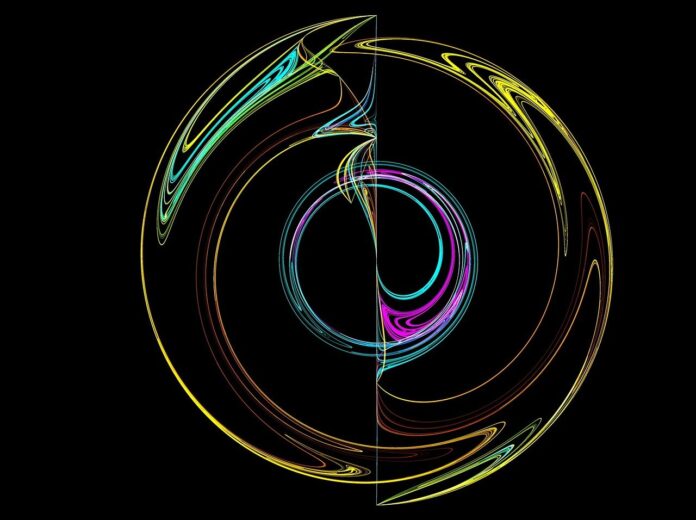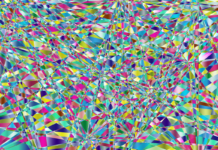Robot perception, a critical component of robotics and artificial intelligence, refers to the ability of robots and autonomous systems to interpret and understand sensory information from the surrounding environment, enabling them to perceive and comprehend the world around them with a high degree of accuracy and intelligence. Robot perception plays a pivotal role in various applications and domains, including autonomous navigation, object recognition, scene understanding, and human-robot interaction, enabling robots to interact and operate in diverse and dynamic environments with a high level of autonomy and adaptability. The field of robot perception reflects the industry’s focus on innovation and intelligence, driving the development of intelligent and adaptive systems that can perceive and respond to the surrounding world with precision and awareness. Robot perception is at the forefront of the robotics industry, serving as the foundation for the development of intelligent and autonomous systems that can perceive, interpret, and respond to sensory data and environmental cues in real-time.
Robot perception is achieved through the integration of advanced sensors, algorithms, and cognitive models that enable robots and autonomous systems to process and analyze sensory data from various sources, such as cameras, lidar, radar, and other environmental sensors. These sensors enable robots to perceive and interpret visual, auditory, and tactile information, enabling them to navigate through complex environments, recognize objects and patterns, and interact with humans and other machines with a high degree of intelligence and awareness. The integration of advanced sensor technologies and cognitive algorithms in robot perception reflects the industry’s commitment to leveraging advanced technologies and intelligent systems to enhance the perceptual capabilities and functionalities of robots, fostering the development of intelligent and adaptive systems that can operate and interact with the surrounding world in a manner that is safe, efficient, and reliable. Robot perception is an essential component in the development of autonomous systems, enabling them to navigate and operate in dynamic and unstructured environments with a high degree of precision and adaptability.
Furthermore, the field of computer vision has witnessed significant advancements in the development of algorithms and techniques that enable robots to perceive and interpret visual information and cues from the surrounding environment. Computer vision in robot perception encompasses the development of algorithms and models that enable robots to analyze and interpret images and videos, enabling them to recognize objects, detect patterns, and understand spatial relationships in complex visual scenes. The integration of computer vision in robot perception reflects the industry’s commitment to enhancing the visual perceptual capabilities of robots, fostering the development of intelligent and adaptive systems that can analyze and interpret visual information with a high degree of accuracy and reliability. Computer vision plays a crucial role in various applications, including autonomous navigation, object detection, and scene understanding, enabling robots to perceive and interact with the visual world in a manner that is efficient and effective.
Moreover, the integration of natural language processing and understanding in robot perception has led to significant advancements in the development of robots that can interpret and respond to human language and communication in real-time. Natural language processing in robot perception encompasses the development of algorithms and models that enable robots to analyze and interpret human language and communication, enabling them to understand and respond to verbal commands and queries in a manner that is natural and intuitive. The integration of natural language processing in robot perception reflects the industry’s commitment to developing intelligent and conversational robots that can interact and communicate with humans in a manner that is seamless and intuitive. Natural language processing plays a crucial role in various applications, including human-robot interaction and assistance, enabling robots to perceive and respond to human language and communication with a high degree of intelligence and awareness.
Robot perception represents a critical component of robotics and artificial intelligence that is shaping the future of various industries and applications, driving innovation, intelligence, and progress in the fields of autonomous navigation, computer vision, and natural language processing. The seamless integration of robot perception has led to significant advancements and improvements in the perceptual capabilities and functionalities of robots, fostering the development of intelligent and adaptive systems that can perceive, interpret, and respond to sensory data and environmental cues in real-time. With the industry’s focus on research, collaboration, and technological excellence, the future of robot perception holds promising prospects for the emergence of transformative and sustainable solutions that can redefine the way robots and autonomous systems perceive and interact with the surrounding environment, fostering a future characterized by innovation, collaboration, and progress in the field of robotics and artificial intelligence.
Furthermore, the field of sensor fusion has witnessed significant advancements in the development of techniques and algorithms that enable robots to integrate and combine data from multiple sensors to improve perception and understanding of the surrounding environment. Sensor fusion in robot perception encompasses the integration of data from various sensors, such as cameras, lidar, radar, and other environmental sensors, enabling robots to create a comprehensive and accurate representation of the surrounding world. The integration of sensor fusion in robot perception reflects the industry’s commitment to enhancing the perceptual capabilities and functionalities of robots, fostering the development of intelligent and adaptive systems that can interpret and respond to complex and dynamic sensory information in real-time. Sensor fusion plays a crucial role in various applications, including autonomous navigation, environmental mapping, and obstacle detection, enabling robots to perceive and interact with the surrounding world in a manner that is holistic and comprehensive.
Moreover, the continuous advancements in machine learning and cognitive computing have led to the development of intelligent and adaptive algorithms that enable robots to learn and improve their perceptual capabilities and understanding of the surrounding environment over time. Machine learning in robot perception encompasses the development of algorithms and models that enable robots to analyze and interpret data, learn from past experiences, and improve their perceptual capabilities through continuous learning and adaptation. The integration of machine learning in robot perception reflects the industry’s commitment to developing intelligent and self-learning systems that can adapt and respond to changing conditions and demands, fostering the development of robots that can perceive and interact with the surrounding world with a high degree of intelligence and awareness. Machine learning plays a crucial role in various applications, including pattern recognition, anomaly detection, and decision-making, enabling robots to perceive and respond to complex and dynamic environmental cues in real-time with a high level of intelligence and adaptability.
Additionally, the integration of haptic sensing and tactile perception in robot perception has led to significant advancements in the development of robots that can perceive and interpret tactile information and feedback from the surrounding environment. Haptic sensing in robot perception encompasses the development of sensors and systems that enable robots to sense and interpret tactile information, enabling them to understand and respond to physical interactions and contact with objects and materials. The integration of haptic sensing in robot perception reflects the industry’s commitment to developing robots that can interact and manipulate objects with a high degree of dexterity and sensitivity, fostering the development of intelligent and adaptive systems that can perform tasks and operations that require tactile perception and sensitivity. Haptic sensing plays a crucial role in various applications, including manipulation, grasping, and fine motor control, enabling robots to perceive and interact with the physical world in a manner that is sensitive and responsive.
In conclusion, robot perception represents a critical component of robotics and artificial intelligence that is shaping the future of various industries and applications, driving innovation, intelligence, and progress in the fields of sensor fusion, machine learning, and haptic sensing. The seamless integration of robot perception has led to significant advancements and improvements in the perceptual capabilities and functionalities of robots, fostering the development of intelligent and adaptive systems that can perceive, interpret, and respond to sensory data and environmental cues in real-time. With the industry’s focus on research, collaboration, and technological excellence, the future of robot perception holds promising prospects for the emergence of transformative and sustainable solutions that can redefine the way robots and autonomous systems perceive and interact with the surrounding environment, fostering a future characterized by innovation, collaboration, and progress in the field of robotics and artificial intelligence.






















